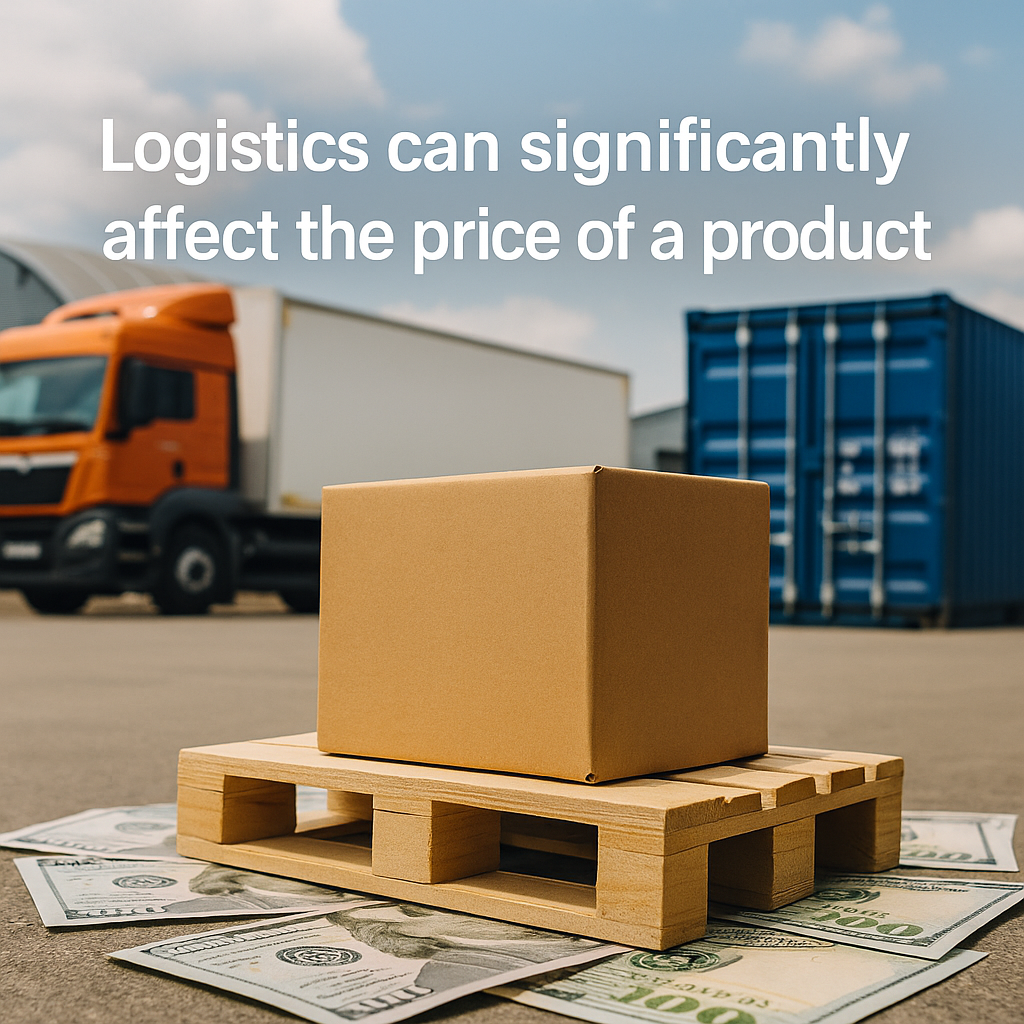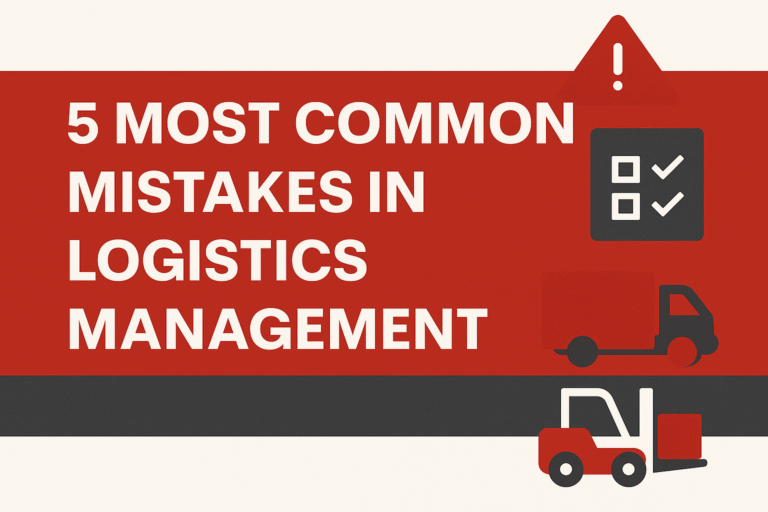When you buy a product – whether it’s a food item, a piece of clothing, or an electronic device – you probably don’t think about how much of the price is made up of logistics costs. But you should. Logistics often accounts for between 8% and 20% of the final price a consumer pays. In some industries, such as e-commerce or fresh food, these costs can reach up to 30% of the total product price.
So, what’s included in logistics?
- Storage costs
- Inventory management
- Packaging and order processing
- Transportation and distribution
Transportation is by far the most expensive component, often making up 40% to 60% of total logistics costs. This is especially true for “last-mile” delivery – the final step from warehouse to end customer – where costs and complexity rise sharply.
Three Key Concepts for Efficient Logistics
Lean Logistics – Less Waste, More Value
The lean approach focuses on continuously eliminating waste from processes. In logistics, this means:
- Optimizing transport routes and timing
- Reducing unnecessary handling of goods
- Better use of space and equipment
The goal is to deliver exactly what is needed, to the right place, at the right time – using minimal resources and maximizing efficiency.
Just-in-Time (JIT) – Exactly on Time
JIT is a popular strategy in manufacturing and retail systems that involves ordering and receiving inventory exactly when it’s needed. This helps:
- Reduce storage costs
- Avoid bottlenecks
- Increase inventory turnover
However, JIT requires a high level of coordination and reliable suppliers, as even small disruptions can cause delays across the entire supply chain.
Just-in-Case (JIC) – Just in Case
Unlike JIT, JIC involves maintaining extra stock to ensure uninterrupted production and delivery, even in the event of disruptions – such as delivery delays, strikes, or raw material shortages.
This strategy is useful in uncertain markets but comes with higher storage costs. Smart companies balance between JIT and JIC depending on risk level, product type, and market conditions.
Conclusion: Logistics as a Strategic Advantage
In a time when customers increasingly rely on fast delivery and competition keeps growing, logistics is no longer just an operational function – it becomes a strategic advantage.
By adopting lean principles and choosing the right balance between JIT and JIC, organizations can significantly:
- Reduce costs
- Increase speed and flexibility
- Boost customer satisfaction
So next time you order a product and it arrives on time, remember: behind it is a well-managed supply chain.



